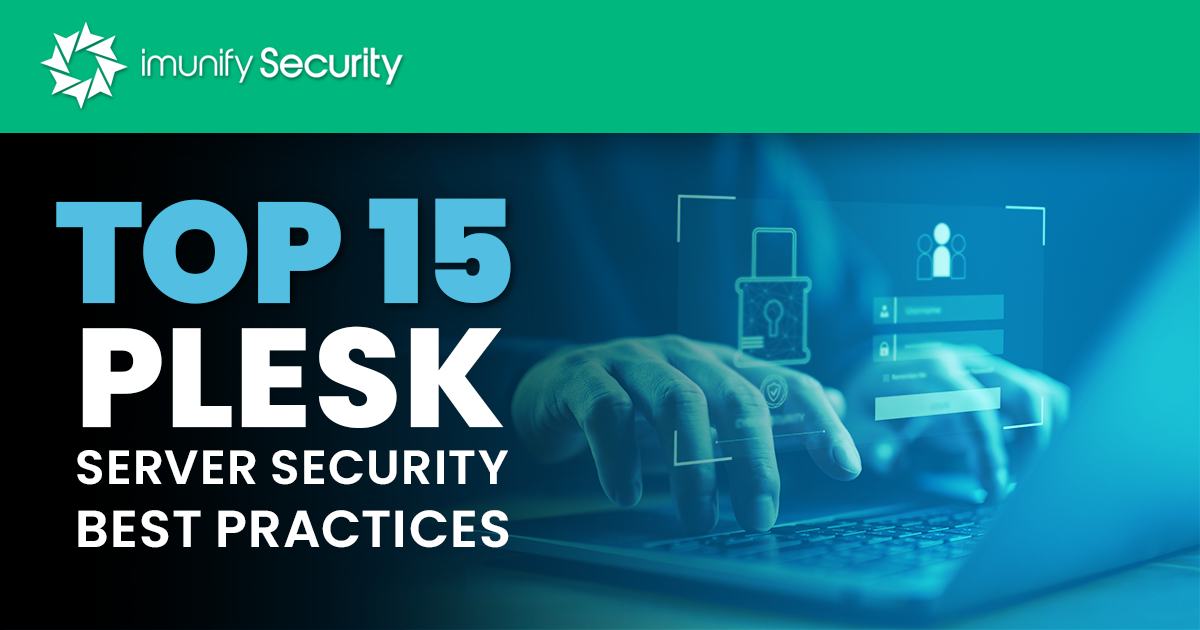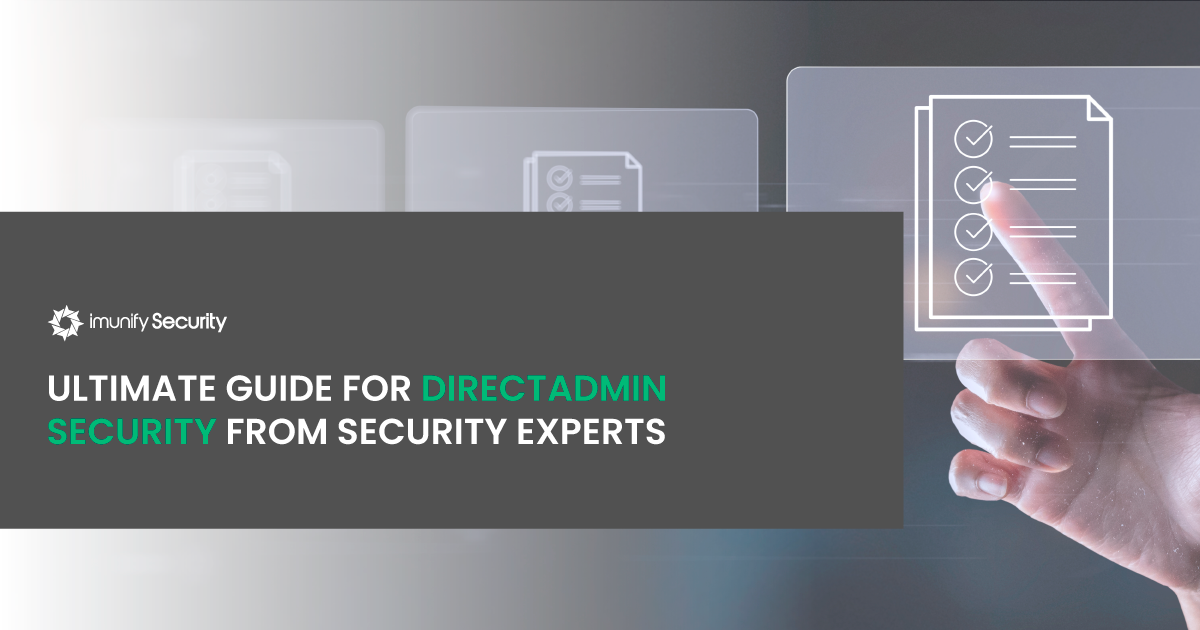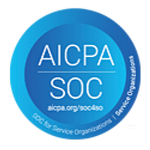
If you don’t use cPanel, you probably use Plesk, as it’s one of the most common hosting platforms on the market. Similar to cPanel, hackers target hosting platforms to gain high-privilege access to web applications and server resources. Plesk has several security extensions that will help harden the protection of sites, but relying on simple extensions without following best practices could still leave your site and the main Plesk master account vulnerable to malware and exploits. In this article, you will learn about Plesk and discover Plesk security best practices:

Every web hosting provider offers site management solutions so that customers can customize their domain settings and manage their sites independently. DirectAdmin is one of the most popular tools on the market, similar to Plesk (discover Plesk security best practices) and cPanel (learn more about cPanel security). After deployment, server administrators and site owners should review configurations and follow cybersecurity best practices to protect sites from exploits and safeguard sensitive data. Although this guide does not reduce risk by 100%, following it will improve your cybersecurity posture and stop many common threats that could harm hosted sites. In this article, you will learn about DirectAdmin and discover DirectAdmin security best practices:

.png?width=115&height=115&name=pci-dss%20(1).png)
